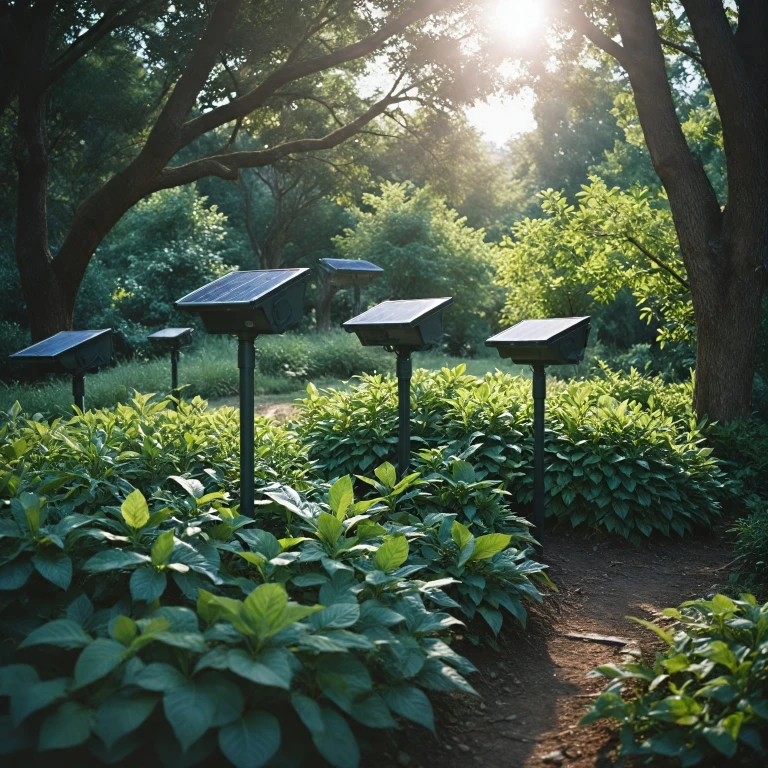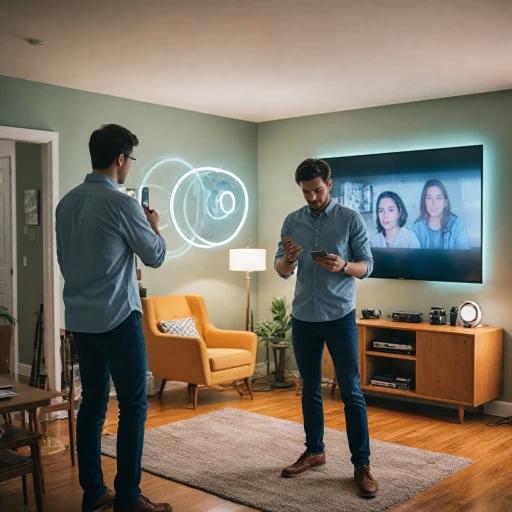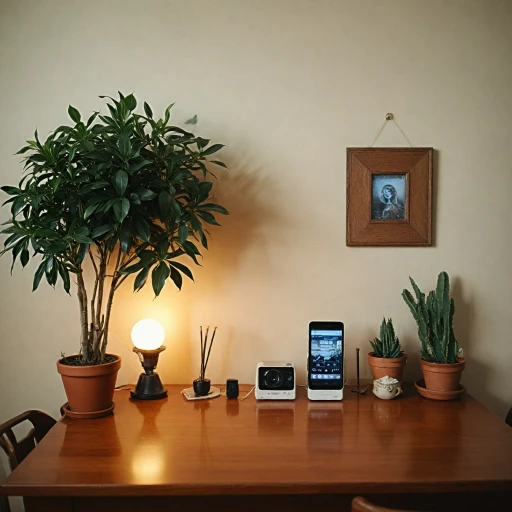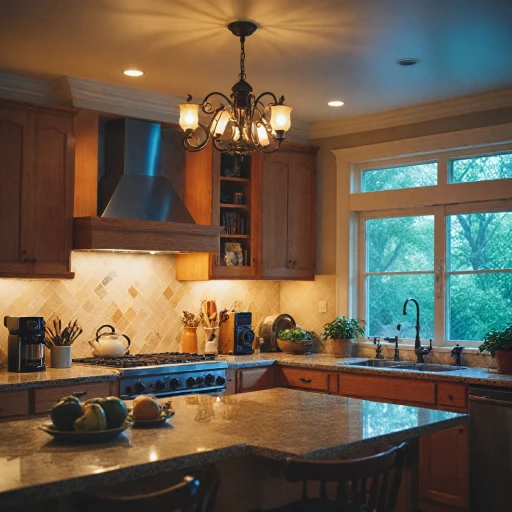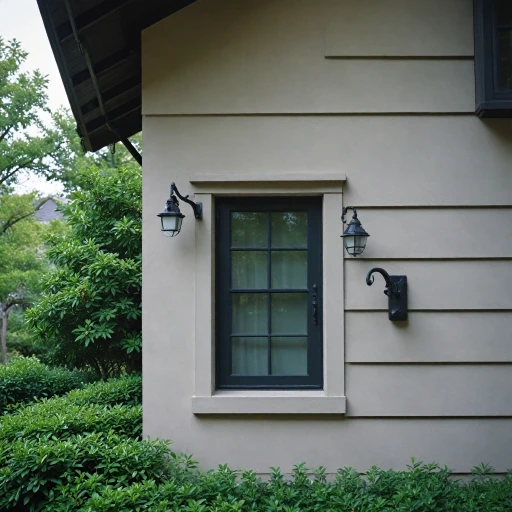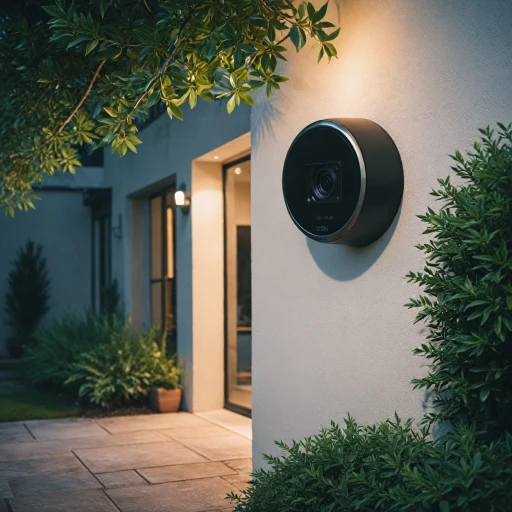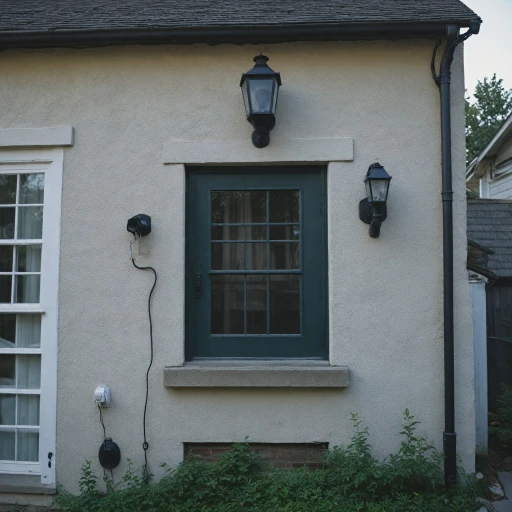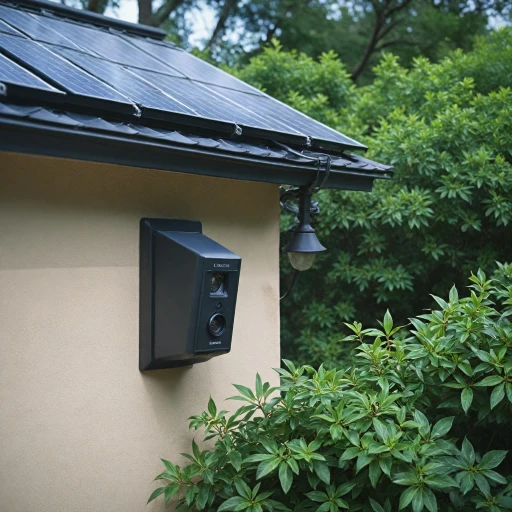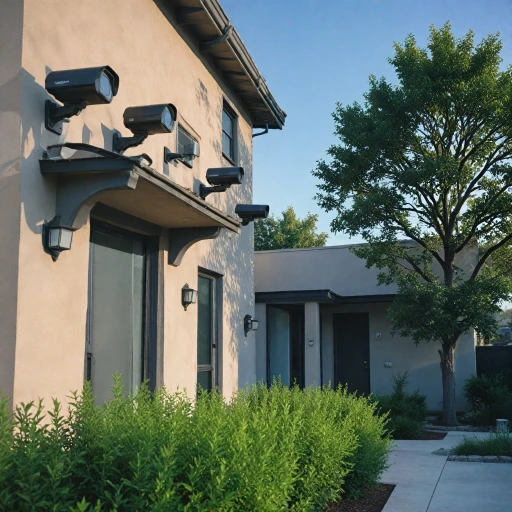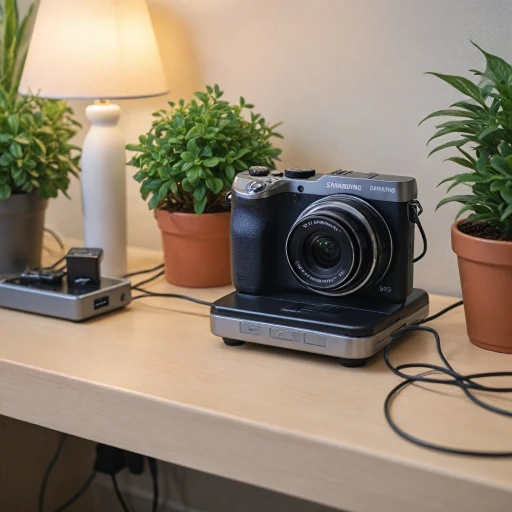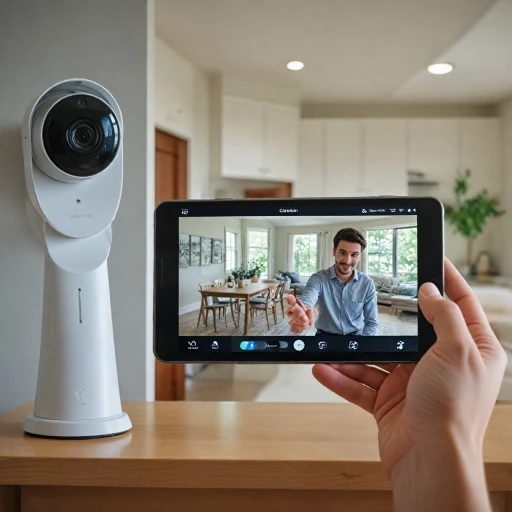
The Basics of Solar-Powered Security Cameras
Understanding Solar-Powered Surveillance Devices
Solar-powered security cameras are on the rise, thanks to their eco-friendly approach to energy consumption. These surveillance cameras utilize solar panels to capture sunlight, converting it into power that runs the camera system. This setup eliminates the need for traditional power sources, offering a wireless and sustainable solution for outdoor security needs.
The principal components of a solar-powered security camera include a solar panel, battery, and camera unit. Solar panels harness sunlight to generate energy, which is then stored in the camera's battery for continuous power supply. This energy reserves ensure that the camera remains operational even when direct sunlight is unavailable, like during the night or cloudy days.
Additionally, many solar security cameras are equipped with night vision to maintain surveillance capabilities in the dark. Equipped with infrared technology, they can capture clear images regardless of lighting conditions, enhancing home security around the clock.
Choosing the right outdoor solar security camera also means assessing factors such as panel efficiency and battery performance. These parameters dictate the camera's ability to sustain operations and determine overall effectiveness in different outdoor environments. Consider visiting our guide on rechargeable battery chargers to understand more about maintaining optimal battery health for solar-powered systems.
Factors Affecting Sunlight Requirements
Critical Factors That Influence Solar Efficiency
When considering solar security cameras, understanding the factors that influence their sunlight requirements is crucial for effective operation. Outdoor solar cameras rely heavily on solar panels to harness energy from the sun, converting it into power necessary for sustained surveillance. These factors can impact how efficiently your solar system collects energy. One primary consideration is the geographic location of your security setup. Regions that receive ample direct sunlight benefit solar powered surveillance systems greatly, allowing cameras to work optimally. Conversely, areas with frequent cloud cover or fewer daylight hours may require additional considerations, like larger panels or enhanced battery storage, to maintain powered security. The orientation and angle of your solar panels play a significant role in energy absorption. Ensuring the panels face the sun directly can enhance the overall energy collected throughout the day, maximizing the power entering the camera's battery system. Solar panels should be adjusted seasonally to compensate for the sun's shifting altitude. Shading is another critical factor that can drastically reduce solar efficiency. Even partial shading can hinder the energy production of your solar cameras. Position panels in open areas to avoid obstructions like trees or buildings. Staying aware of potential shade sources and repositioning panels as needed will bolster battery performance and ensure reliable night vision. Finally, the specific energy requirements of your solar outdoor security cameras might vary, based on features like wireless connectivity and night vision capabilities. Higher energy consumption may necessitate more robust energy solutions or panel configurations. For an in-depth look at optimizing your camera system with solar technology, consider reviewing this guide that delves into harnessing the benefits effectively. Understanding these factors will help ensure your solar security setup functions efficiently all year round.Optimal Sunlight Exposure for Maximum Efficiency
Maximizing Sunlight for Superior Functionality
To ensure your solar security camera performs at its best, achieving optimal sunlight exposure is crucial. Given that these cameras depend on solar energy to charge their batteries, understanding how to maximize the absorption of sunlight is key. Outdoor solar security cameras typically require direct sunlight to efficiently power the camera system. While indirect sunlight can also be harnessed, it's the direct exposure that significantly optimizes your system's functionality, especially during peak sunlight hours—usually midday when the sun is at its zenith. Each panel is designed to convert sunlight into power that fuels the camera, enabling features like wireless operation and extended night vision capabilities. So, positioning your solar panels to face south in the northern hemisphere maximizes their exposure to sunlight throughout the day, ensuring consistent power supply for the camera system. Additionally, be mindful of seasonal variations. The angle and hours of sunlight can change with the seasons, affecting how well your solar powered surveillance cameras work. During winter months, for example, days are shorter and sun angles lower, meaning your security camera may need more direct access to sunlight or a slightly adjusted angle of the panels. Ultimately, by ensuring your solar panels are correctly placed and oriented, you will enhance the overall efficiency of your security system. For more insights into enhancing home security with integrated solutions, check this in-depth guide which offers valuable tips on optimizing energy and performance for your surveillance setup.Positioning Your Solar Security Camera for Best Results
Strategically Placing Your Solar Security Cameras
To optimize the efficiency of your solar-powered security cameras, positioning plays a crucial role. The placement of both the camera and its solar panel can greatly impact the performance of your surveillance system. Here are some important considerations to ensure your cameras work effectively:- Assess Direct Sunlight: Ensure the solar panels receive ample direct sunlight throughout the day to maintain a consistent power supply and extend the battery life. It is essential, particularly during winter months or cloudy weather, when sunlight exposure is naturally reduced.
- Orient the Panels Correctly: Depending on your geographical location, the angle and direction (typically facing south in the northern hemisphere) of your solar panels can significantly influence energy capture. This orientation helps in maximizing sunlight absorption, thus ensuring your camera system remains sufficiently powered.
- Avoid Shadows and Obstructions: Place the cameras in an area free from shadows or obstructions like trees, buildings, or fences that might block sunlight at different times. Regularly trim any vegetation that might grow to obstruct sunlight access.
- Utilize Adjustable Mounts: Adjustable mounts enable you to alter the angle of the solar panels to follow the sun’s path, enhancing energy collection even as the sun’s position changes through the seasons.
- Height and Range Considerations: Position your cameras at a height that offers a clear view of the surveillance area while ensuring that the solar panels are not susceptible to being covered by dirt or debris.
- Account for Night Vision: Ensure that the camera's field of view includes areas of interest even in low-light conditions. This consideration is important for capturing clear images during nighttime surveillance.
Common Challenges and Solutions
Addressing Issues in Solar Security Systems
Installing an outdoor solar security camera can significantly boost your home surveillance, but several challenges can arise. Being proactive about these issues can help you maintain uninterrupted security.Limited Sunlight Exposure
When solar panels don't get enough direct sunlight, the camera system may not produce the energy needed to function efficiently. Solar powered surveillance cameras rely heavily on regular sunlight to charge their batteries. If your solar cameras face long periods of overcast weather or are located in shaded areas, consider:- Adjusting the camera angle to maximize exposure to sunlight.
- Removing obstructions like tree branches or debris that may be hindering sunlight access.
Battery Performance
The battery in solar cameras is critical for storing power for uninterrupted surveillance, especially during cloudy days or at night. However, batteries can degrade over time, affecting solar powered security performance.- Ensure the battery used in your solar camera is of high quality and replace it periodically to sustain efficiency.
- Consider a backup power source to support your security cameras during extended periods of insufficient sunlight.
Weather-Related Wear and Tear
Outdoor environments expose solar panels to harsh weather conditions, which can lead to wear and tear. To safeguard solar powered surveillance devices:- Regularly inspect solar panels for damage or dirt that can impact energy absorption.
- Protective coatings can shield the camera system's components from extreme temperatures and precipitation.
Maintenance Tips for Solar Security Cameras
Keeping Your Solar Security Camera in Top Shape
Maintenance is crucial to ensure that your solar security camera system operates efficiently and continues to provide reliable surveillance. Here are some practical tips to help you maintain your solar-powered security cameras:
- Regular Cleaning: Dust, dirt, and debris can accumulate on solar panels, obstructing direct sunlight and reducing energy absorption. Regularly clean your solar panels with a soft, damp cloth to ensure they receive maximum sunlight exposure.
- Inspect Connections: Periodically check the connections between the solar panel, camera, and battery. Loose or corroded connections may affect the power supply, leading to charging issues.
- Monitor Battery Health: Keep an eye on the battery levels to ensure they are maintaining a charge. If you notice any anomalies, consider replacing the battery to avoid interruptions in your surveillance system.
- Trim Nearby Foliage: As discussed in positioning strategies, reducing obstructions from nearby trees or shrubs can enhance sunlight exposure. Keep surrounding vegetation trimmed for optimal camera performance.
- Firmware Updates: Manufacturers often release firmware updates that include improvements and bug fixes. Regularly check for updates for your cameras and install them to take advantage of the latest enhancements.
- Test Night Vision: To ensure your surveillance is effective around-the-clock, periodically test the night vision capabilities of your cameras. This can help identify any issues early, preventing potential security lapses.
By following these maintenance practices, you can maximize the efficiency and lifespan of your solar outdoor security camera, ensuring that your property remains well-protected.

